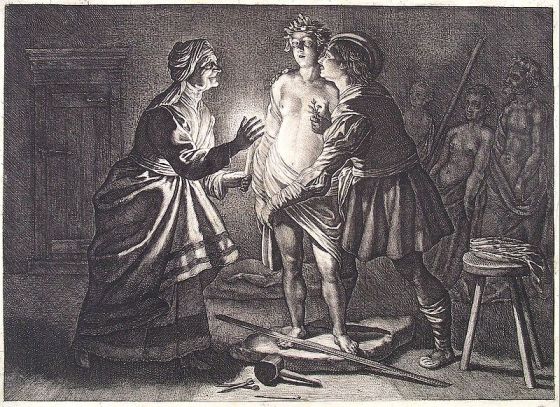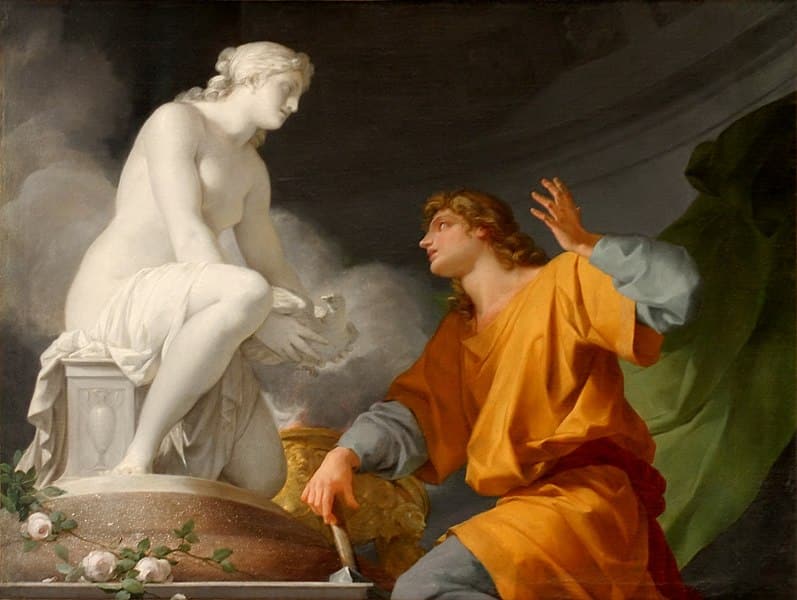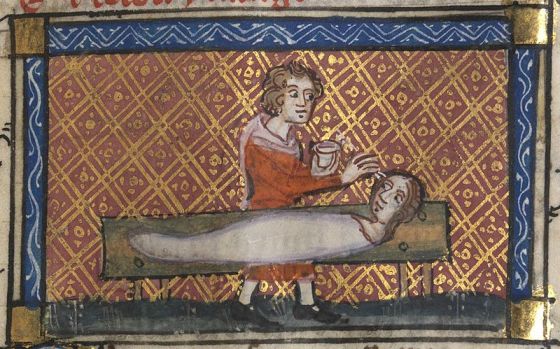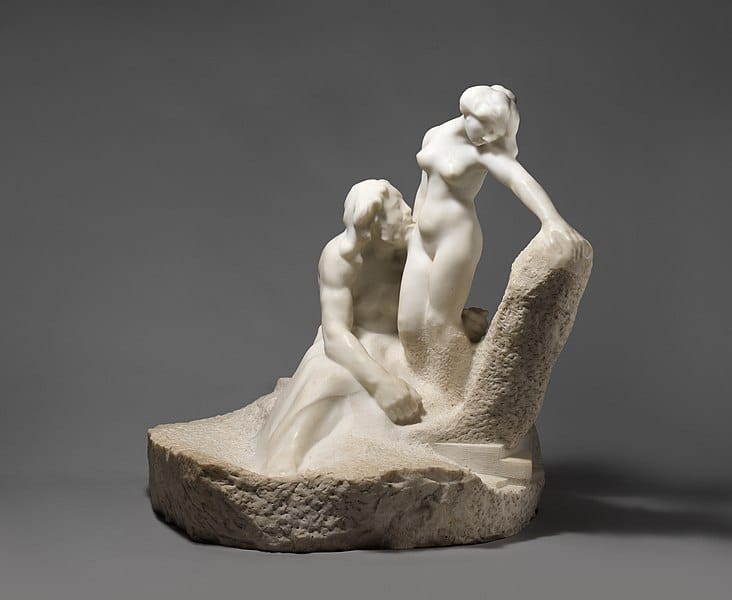In the vast tapestry of Greek mythology, few tales are as enchanting as that of Pygmalion. A sculptor with unparalleled skill, his story is a testament to the power of love and the boundaries it can transcend.
Pygmalion Key Facts
| Parents | Unknown |
| Partners | Ivory statue (Galatea) |
| Siblings | None known |
| Offspring | Paphos |
| Other names | None known |
| Roman name | Pygmalion |
| Best Known Myth | Love for his ivory statue, Galatea |
Name and Etymology
Pygmalion’s name, while not as commonly dissected as some other Greek heroes, carries its own weight in the annals of mythology. The name doesn’t have a clear etymology in Greek, but it has come to symbolize the act of creating something so perfect that the creator falls in love with it. In Roman tales, he retains the same name, Pygmalion. Over time, various epithets and titles have been associated with him, though none as prominent as the tale that made him famous.
Pygmalion’s Family and Relationships

Pygmalion’s lineage isn’t as well-documented as some other Greek figures. What we do know is that he was a talented sculptor, and his artistry was his primary identity. There aren’t many tales about his birth or childhood, suggesting that his fame arose primarily from his adult endeavors.
The most significant relationship in Pygmalion’s life was, ironically, with a non-living entity. He sculpted an ivory statue so beautiful and lifelike that he fell deeply in love with it. This love was so profound that the goddess Aphrodite, moved by his devotion, brought the statue to life. She was named Galatea, and together they had a son, Paphos.
Myths about Pygmalion
Pygmalion’s narrative is a captivating blend of artistry, passion, and divine intervention. While many Greek myths revolve around battles, treachery, and quests, Pygmalion’s story stands out as a testament to the power of love and the lengths one might go to attain it. It’s not just about a sculptor and his creation; it’s a reflection on human desires, aspirations, and the blurred lines between reality and fantasy.
The Birth of Galatea
Pygmalion, having become disillusioned with the mortal women of Cyprus due to their many flaws, sought solace in his art. He endeavored to create a statue that embodied his ideal woman. Using the finest ivory, he sculpted a figure so lifelike and exquisite that even he, the creator, was taken aback by its beauty. He named her Galatea.

His admiration for the statue grew with each passing day. He adorned her with fine garments, jewels, and even spoke to her, treating her as if she were alive. His longing for the statue to be real became so intense that it consumed his every thought. During the festival of Aphrodite, he made a humble plea to the goddess, wishing for a bride who would be the “living likeness” of his ivory maiden.
Aphrodite, moved by the sculptor’s genuine love and devotion, decided to grant his wish. As the tale goes, when Pygmalion returned to his studio and pressed his lips against the statue’s, they felt soft and warm. Galatea had been brought to life, her once ivory skin now flush with the hues of human life. The joy and astonishment Pygmalion felt in that moment is a testament to the unpredictable and wondrous nature of divine intervention in Greek myths.
The Legacy of Their Love
The love story of Pygmalion and Galatea didn’t end with her transformation. Their union was blessed with a son, Paphos. This child would go on to have a significant impact, with an entire city in Cyprus named in his honor. The city of Paphos became a major cult center for Aphrodite, further intertwining the family’s legacy with the goddess who had made their love story possible.
The tale also serves as a reminder of the transformative power of love. Pygmalion’s deep affection for Galatea changed not only the course of his life but also the very fabric of his reality. It’s a narrative that resonates with many, emphasizing that true love knows no bounds, not even the barriers between the animate and inanimate.
This myth, like many others from Greek mythology, offers layers of interpretation. On the surface, it’s a romantic tale of love and longing. But delve deeper, and it becomes a reflection on human nature, our desires, and the lengths we might go to fulfill them. Whether seen as a cautionary tale about obsession or a heartwarming story of love’s triumph, the myth of Pygmalion and Galatea continues to captivate and inspire.
Depiction And Characteristics
Pygmalion, in most depictions, is shown as a focused and passionate artist, often seen with his chisel and the statue of Galatea. The ivory statue, before its transformation, is always a vision of beauty, embodying the ideal woman of Pygmalion’s dreams.

Symbols associated with Pygmalion are primarily his sculpting tools and the ivory statue. As for his personality, he’s often portrayed as a dedicated and passionate artist, with a hint of the dreamer, always aspiring for perfection in his work.
Representations Of Pygmalion In Art

The story of Pygmalion and Galatea has inspired countless artists throughout history. One of the most famous depictions is Jean-Léon Gérôme’s painting, “Pygmalion and Galatea.” In it the moment of transformation is captured beautifully. The raw emotion of Pygmalion and the awakening Galatea is palpable in this masterpiece.
Sculptures, too, have tried to encapsulate this tale. Many have attempted to recreate the ivory statue, each with their interpretation of Galatea’s beauty. The story’s theme, of art coming to life and the boundaries between creator and creation blurring, has been a recurring motif in various art forms.
Mentions in Ancient Texts
The tale of Pygmalion has been a source of inspiration for many ancient writers. Each weaving their unique perspective into the narrative. These mentions both provide different angles to the story as well as highlight its significance and appeal in classical literature.
Metamorphoses by Ovid
Written in 8 AD, Ovid’s “Metamorphoses” is a magnum opus that chronicles the history of the world from its creation to the deification of Julius Caesar. Ovid, a Roman poet known for his eloquent style and intricate narratives, offers one of the most detailed accounts of Pygmalion’s myth in this work. His rendition beautifully captures Pygmalion’s disdain for mortal women and his subsequent infatuation with the statue. A notable excerpt reads: “He marvels: and passion, for this bodily image, consumes his heart. Often, he runs his hands over the work, tempted as to whether it is flesh or ivory, not admitting it to be ivory.”
Deipnosophistae by Athenaeus
Athenaeus, a Greek rhetorician and grammarian from the early 3rd century AD, penned “Deipnosophistae” or “The Banquet of the Learned.” This work is a compilation of literary, historical, and antiquarian references. Within its pages, Pygmalion’s story is touched upon, emphasizing the sculptor’s unmatched skill and the allure of his creation. A passage from the text states: “Pygmalion alone, the sculptor, discerning by his art the latent form of Galatea, made it emerge from the marble and, rapt with love, endowed it with a name.”
Natural History by Pliny the Elder
Pliny the Elder, a Roman, naturalist, and naval commander of the early Roman Empire, wrote “Natural History” around 77-79 AD. This encyclopedic work covers various subjects, including art. In it, Pliny mentions Pygmalion, highlighting the sculptor’s unparalleled artistry and the marvel of the ivory statue. He remarks: “Pygmalion, who had designed with his style the most beautiful statue, fell in love with his own creation.”
Frequently Asked Questions
He crafted a stunning ivory statue, which he later fell in love with.
Aphrodite, the goddess of love, transformed the statue into a living woman named Galatea.
His most notable relationship was with the statue, Galatea, and there’s no record of any other significant relationships.
Jean-Léon Gérôme’s painting, “Pygmalion and Galatea,” is one of the most renowned representations.
“Metamorphoses” by Ovid offers a comprehensive narration of Pygmalion’s tale.
Featured Image Credit: Workshop of Michael and Philip Wauters, Design by Daniel Janssens, Public domain, via Wikimedia Commons
